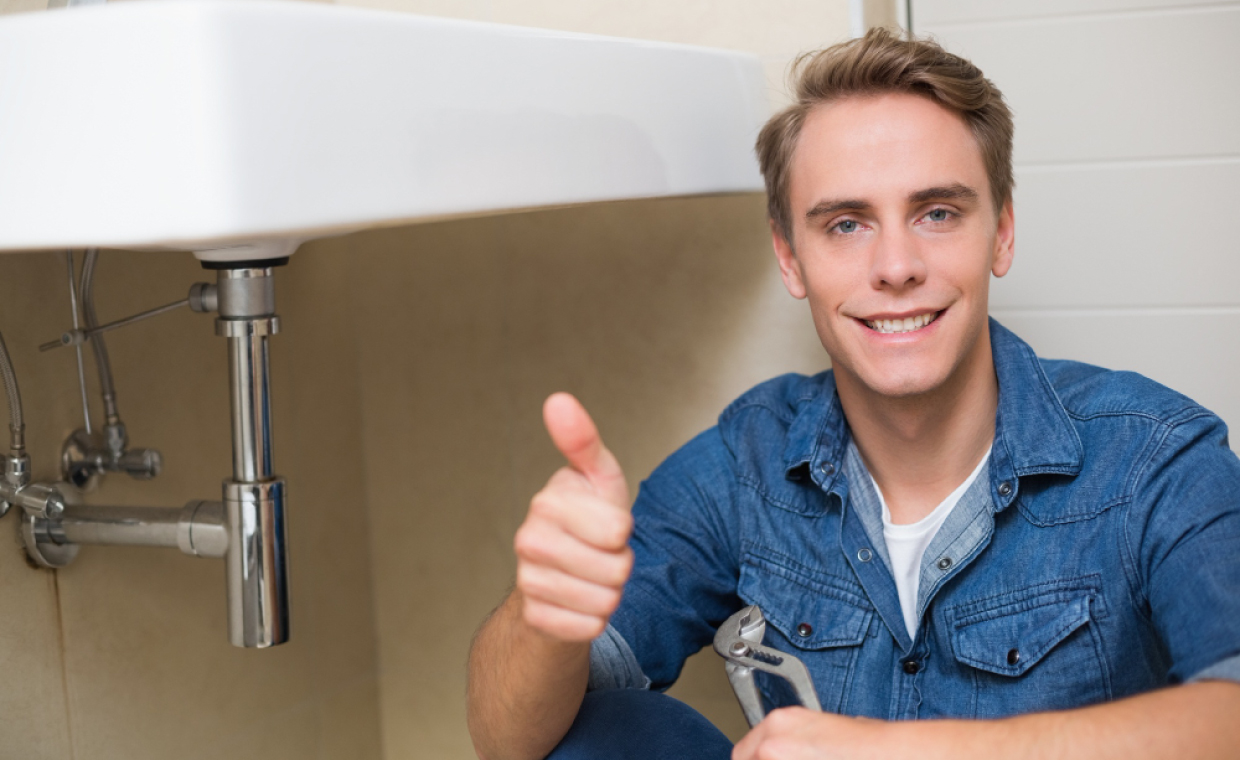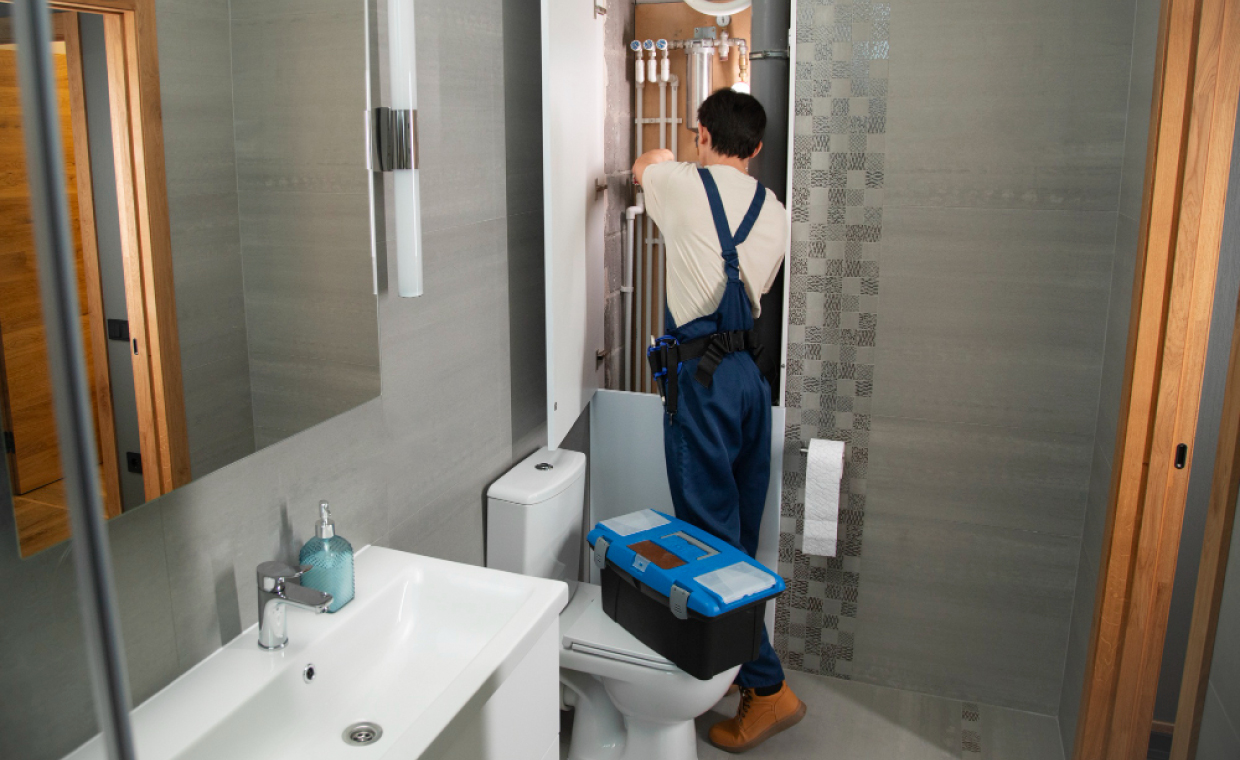
A home sports field offers convenience that encourages regular physical activity and fosters skill development. However, building a lasting and safe sporting area requires proper planning and understanding.
Materials, surface types, and drainage systems are critical in ensuring durability. Additionally, considering how wear and tear affect different sports equipment can save money on maintenance down the line.
If you plan to build a home sports field, here are some essential steps and considerations to enhance its functionality.
Choose the Right Surface Material

Different sports demand specific surface materials to enhance performance and minimize injury risks. Artificial turf, for example, is ideal for soccer or multi-use fields due to its durability and low maintenance. Artificial turf, such as those provided by artificial turf fields, is ideal for home sports fields due to its combination of durability and low maintenance requirements. This surface type not only provides an excellent playing experience but also saves time commonly spent on upkeep.
Natural grass requires more upkeep but offers a softer landing, which can reduce the impact on joints during high-intensity activities like running. Conversely, polyurethane surfaces are excellent for tennis courts because they provide strong bounce consistency while handling extreme weather conditions.
The wrong surface can lead to costly repairs over time, especially if it starts deteriorating prematurely under stress from foot traffic or environmental factors. Prioritizing material quality directly affects your field’s lifespan and safety profile.
Install Drainage Solutions

In addition to a suitable surface, you will want to install a proper drainage system to prevent water buildup. Poor drainage can turn a pristine field into a muddy, unsafe mess after heavy rain.
Placing perforated pipes beneath the field’s surface can channel excess water away and keep play areas dry. French drains work well for synthetic turf because they efficiently redirect water without disrupting the ground.
Sloped fields are another effective way to promote natural drainage, minimizing costly repairs from standing water or erosion. Drainage not only protects your investment but also ensures year-round usability regardless of weather patterns.
Add a Perimeter Fence for Safety

A strong perimeter fence enhances protection around your home sports field. It helps contain balls, preventing them from flying into nearby areas like streets or neighbors’ yards.
Another advantage of fencing is the added security it offers. A fence can discourage trespassing or unintentional entry, keeping unauthorized people and pets off the field.
Mesh fencing is a popular option for sports fields due to its flexibility and durability. Some homeowners opt for netting along with fences to catch high balls without obstructing views or air circulation around the playing space.
Incorporate Weather-Proofing Strategies

Weather can cause severe damage to home sports fields over time. UV rays can degrade certain materials, and rain or snow often leads to waterlogged areas or cracks in hard surfaces.
To protect your investment, install UV-resistant coatings on synthetic turf or hard courts. These treatments extend the life of your field by reducing sun damage and keeping colors vibrant.
Weatherproof covers are also a smart solution, especially for smaller fields or tennis courts. Covers keep water from seeping into surfaces during storms, helping prevent erosion or surface cracks over time.
Add Shock-Absorbing Layers

High-impact sports like soccer, basketball, or even tennis can cause stress on athletes’ joints over time. To reduce injury risk, consider adding shock-absorbing layers underneath your field’s surface. These cushioning systems provide a softer feel, which reduces the strain from repetitive jumping or running.
For instance, you could install rubber pads or foam underlayment, which complement artificial turf fields and courts. They work by dispersing force from impacts evenly across the surface, lessening wear on players’ bodies during intense games.
If you prefer natural grass fields, an aerated base layer could be best for shock absorption. This setup creates tiny air pockets that help cushion the surface naturally, enhancing both comfort and safety for athletes.
Schedule Regular Maintenance
After setting up your home sports field, you must ensure it stays in its top shape. Over time, natural wear from foot traffic or environmental exposure can lead to issues like turf thinning or cracks in hard courts.
Routine maintenance includes cleaning debris, checking for damage, and fixing weak spots. For instance, a running track repair plan might involve patching up surface cracks or resealing sections that start to fade under UV exposure.
Regular inspections also help identify potential hazards early on, preventing minor issues from becoming costly problems. Maintaining equipment like nets, goalposts, or court lines is equally important to ensure safety and game accuracy.
Parting Shot
Building a home sports field doesn’t have to feel overwhelming when you take it one step at a time. Start with the essentials, such as surface, drainage, and safety measures, and you’ll end up with something both durable and practical.
With ongoing care, your field will be ready for years of play. So gear up, get started, and enjoy turning that backyard into an all-star setup.
Also Read: Designing For Space Efficiency: Strategies for Smaller Lots






























